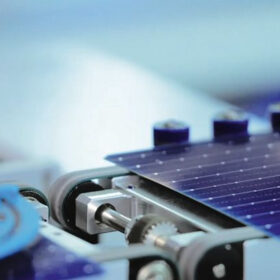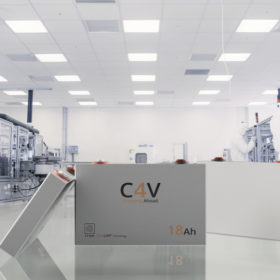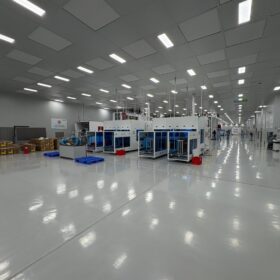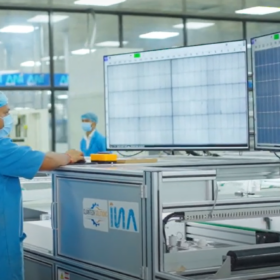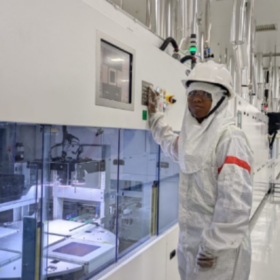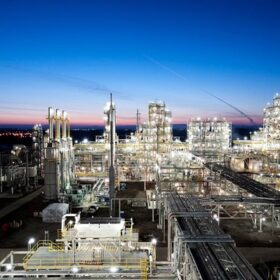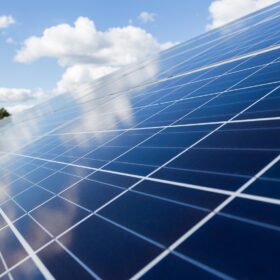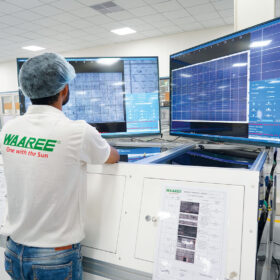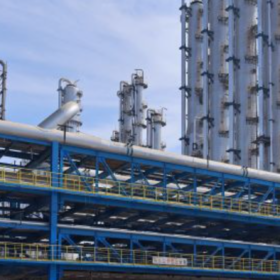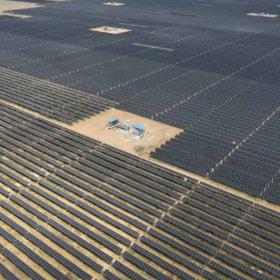JinkoSolar sues Longi for TOPCon patent infringement
JinkoSolar has filed a patent infringement lawsuit against Longi over tunnel oxide passivated contact (TOPCon) solar cell technology, with the first hearing scheduled for Feb. 13, 2025.
Wardwizard Innovations partners C4V on battery cell development for its electric vehicles
Wardwizard Innovations & Mobility has partnered with New York-based lithium battery technology company C4V to develop battery cells for its electric vehicle portfolio.
Waaree Energies starts trial production at its 5.4 GW solar cell factory
At 5.4 GW capacity, Waaree Energies’ facility in Chikhli, Gujarat, is India’s largest solar cell manufacturing plant.
Insolation Energy reports 92.4% rise in revenue for nine months ended December
The solar module manufacturer has achieved a consolidated sales figure of INR 928.34 crore for the nine months ended Dec. 31, 2024.
New research sheds light on impact of sodium-induced degradation in heterojunction solar cells
University of New South Wales researchers investigated the impact of sodium-induced degradation in heterojunction solar cells under accelerated damp-heat testing. They considered three different types of sodium salts and identified the degradation mechanisms attributed to each contaminant.
Pennar, Zetwerk form solar module joint venture
Pennar Industries and Zetwerk Manufacturing have agreed to form a joint venture company for manufacturing and sale of solar modules.
India’s green transition: Key workforce trends in renewable energy
The demand for renewable energy project managers, battery storage specialists, and wind energy technicians is set to grow significantly in 2025. Additionally, positions in solar plant operations, maintenance, and technical roles will remain highly sought after.
REC Silicon shuts down polysilicon operations at U.S. site
The reason given for the shutdown is the inability to “improve the level of some key impurities,” and would not be able to deliver a quality product in the time demanded by the company’s main customer.
The evolving landscape of solar manufacturing
Countries worldwide are increasingly implementing customs duties as a strategy to curb imports, protect local industries, and promote domestic growth. These sanctions are only expected to increase further as China continues to dominate the solar manufacturing space.
Waaree Energies wins order for 150 MWp of solar modules
Waaree Energies has secured the order to supply 150 MWp of its n-type TOPCon bifacial modules, rated at 585/590 Wp, for a domestic renewable energy project.
